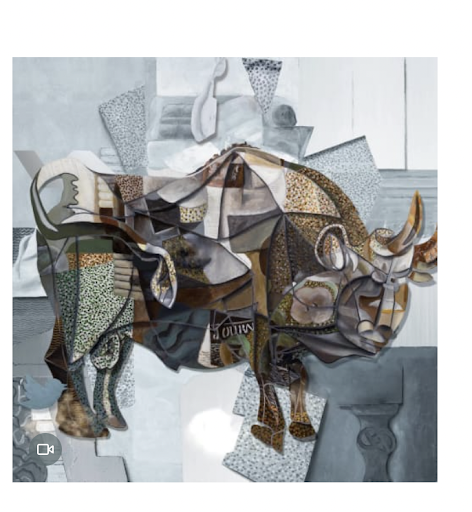My Journey Into The Metaverse: Here’s What I’ve Learnt From 345 Hours Of Research
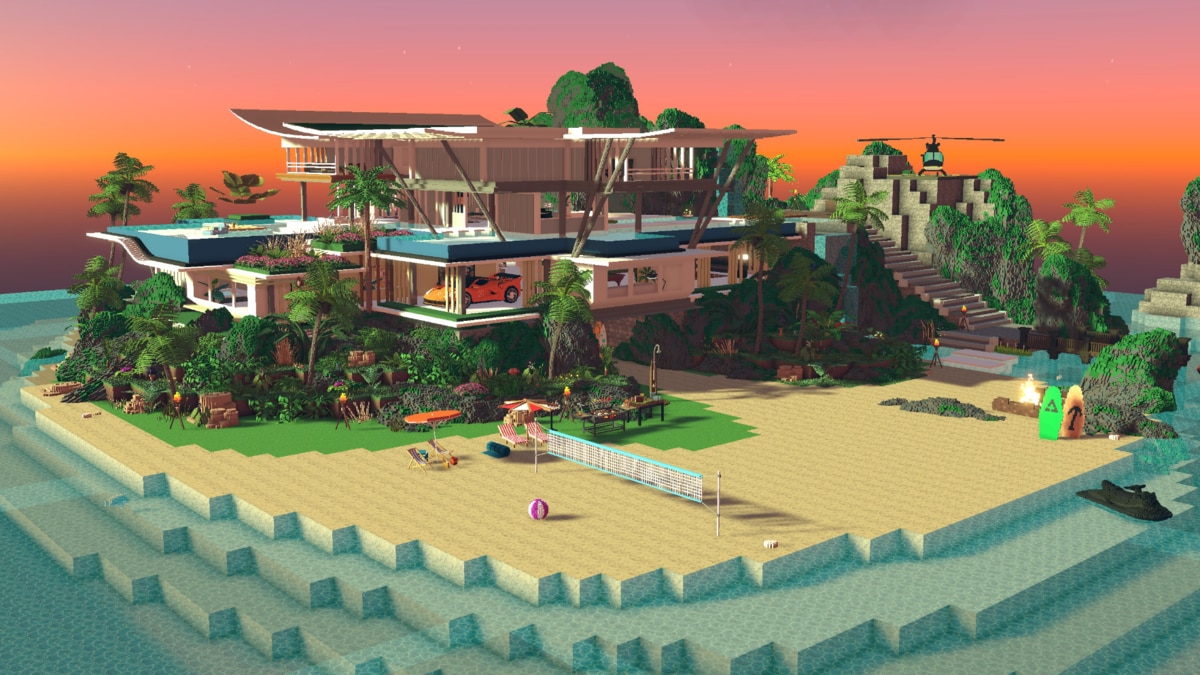
Get The Property Insights Serious Buyers Read First: Join 50,000+ readers who rely on our weekly breakdowns of Singapore’s property market.
Cheryl has been writing about international property investments for the past two years since she has graduated from NUS with a bachelors in Real Estate. As an avid investor herself, she mainly invests in cryptocurrency and stocks, with goals to include real estate, virtual and physical, into her portfolio in the future. Her aim as a writer at Stacked is to guide readers when it comes to real estate investments through her insights.
In 1994, Jeff Bezos was a Senior Vice President of a hedge fund, not a shoddy position by any measure. But he came across a staggering stat: the Internet was growing 2,300% per year.
It was a big enough revelation that he left his high-paying job to start Amazon, and as of 2022, has a net worth of $189 billion dollars today. Talk about a game-changing career move, amirite?
Like my earlier story on my journey into crypto and the metaverse, here’s my generation-defining stat for you that turned my head into the next generation of the Internet.
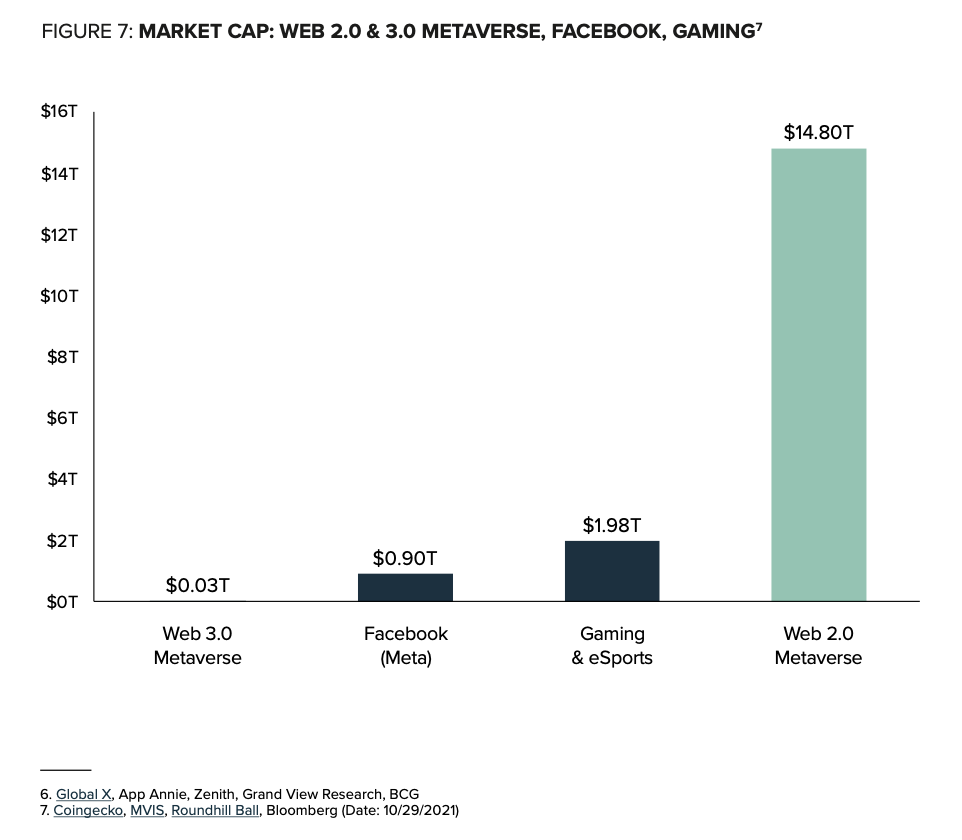
According to Grayscale Investments, the total market cap of the leading Web 3.0 Metaverse crypto networks sits
at approximately $27.5 billion. Which is nothing compared to the current Web 2.0 companies that have a $14.8 trillion market cap.
As such, the market opportunity for bringing the Metaverse to life (and disrupting the current market) may be worth over $1 trillion in annual revenue.
I’ll be frank, it is really tough to define the metaverse for what it is at the current moment – there are so many different interpretations of it, and it has barely established a form that allows more to be built upon it. As someone from a non-tech background, I understand the struggles that many face when exploring this new world – like what in tarnation is a brain-computer interface (BCI), and why is it important?
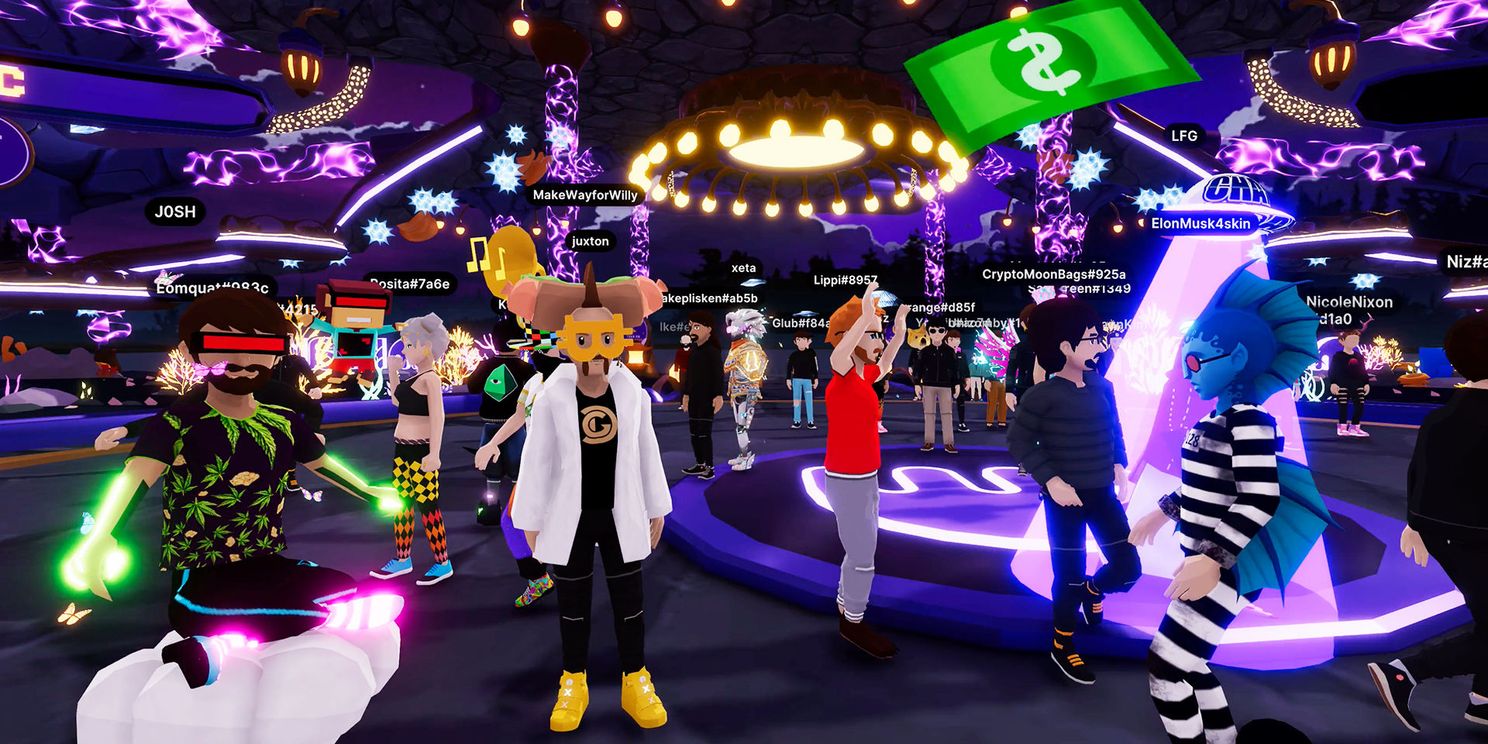
So many variables play a huge role in realizing the metaverse (think blockchain technology, VR and AR tech, cryptocurrency economies, gaming) and these are just a few things that go into defining Web 3. I’ve done hours of research on this, so let me compile it neatly into a summarised piece for you.
And so in order to help you understand it fully, let’s start with a little history lesson.
A Little History Primer: The Internet from 1983 till Today
Though I’m not much of a history geek, taking a look at the backstory of the internet is crucial to understanding why the Internet is evolving into the way it is today. Computers (if you guys can remember) have not always been this intuitive to use. I remember telling my mum back when I was 8 that I didn’t want to attend computer lessons in school anymore after I accidentally erased the whole desktop’s data during one lesson. And I got detention for that. Not fun.
Back in the 70s, computers were mainly run by punch cards which was the main programming language to give commands to the computer, and it was required for the physical card to be scanned in order for the programming language to be understood.
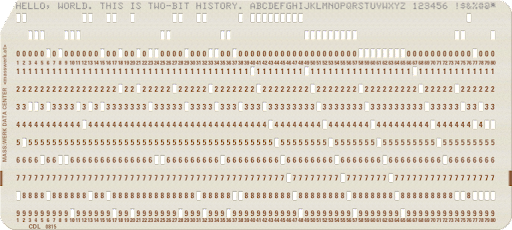
What really catalysed computers to become something mainstream was when the once inefficient punch cards were replaced with typing to interact with the computer (just like how I am typing on my keyboard as I am writing this). It truly opened a whole new path to how humans can interact with technology, and most importantly, it is now scalable to the general public – people who have no background in programming can now use it.
We need no introduction to how the internet has transitioned into today – bulk desktops have become obsolete, and mobile technology has transitioned so rapidly we can now surf the web through laptops, our tablets, phones, and even cars (thanks Elon Musk).
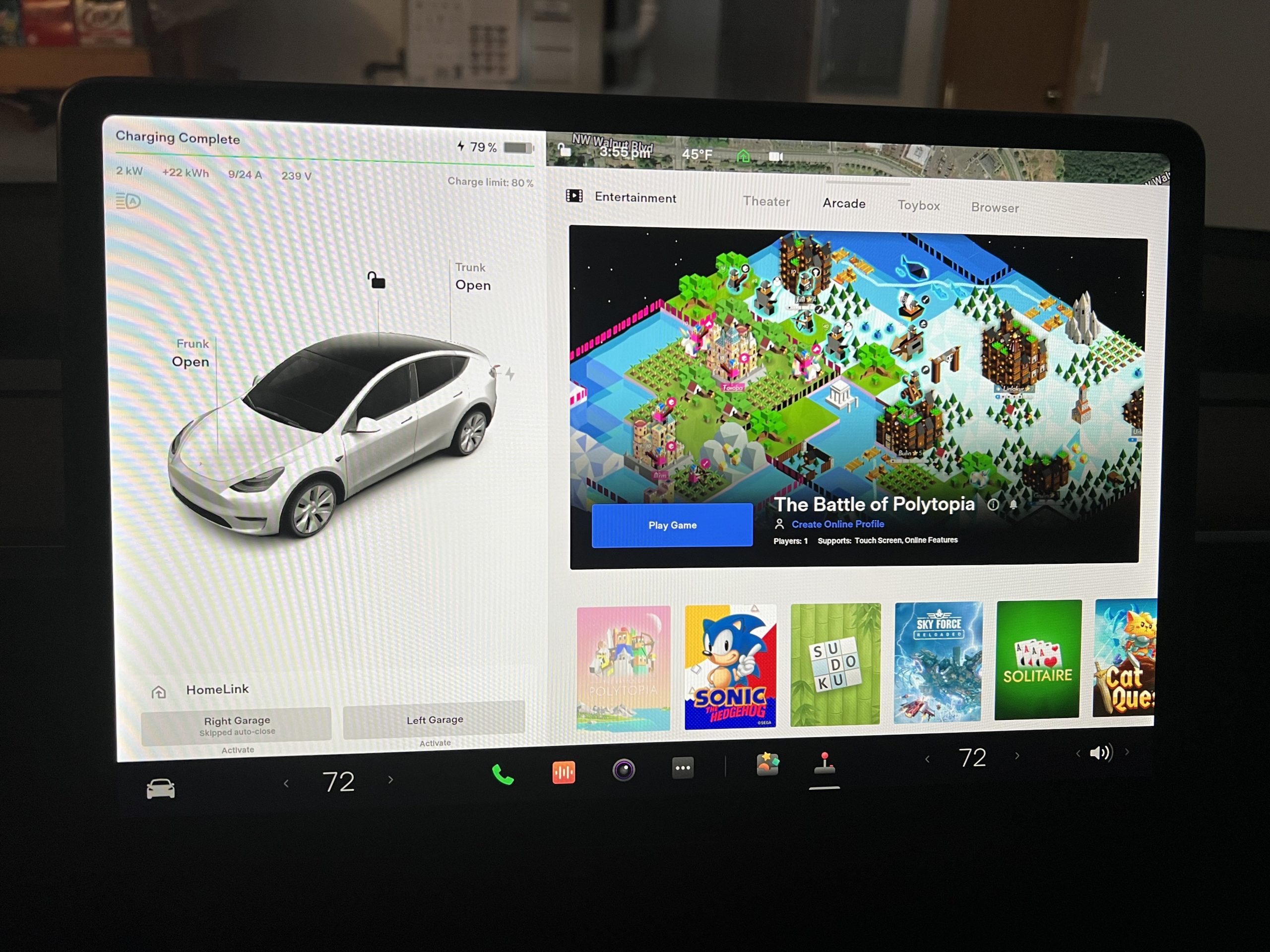
At every stage of tech evolution, there’s less friction for users to use the internet, and this next wave of tech includes VR, AR, and BCI to make our interactions with computers (whatever form it might take) more seamless and immersive in our everyday lives.
This next tech wave transforms our internet interactions from 2D visuals to a 3D space, which is hella big of a deal, considering the fact that our brains interact with 3D objects better. Note that although this is a key concept in building the Metaverse, it is not just limited to it. We don’t realise it, but 3D tech and spatial interface have found a steady way into our lives. For example, when you view property listings today, you can view the room layout through a Matterport 3D capture.
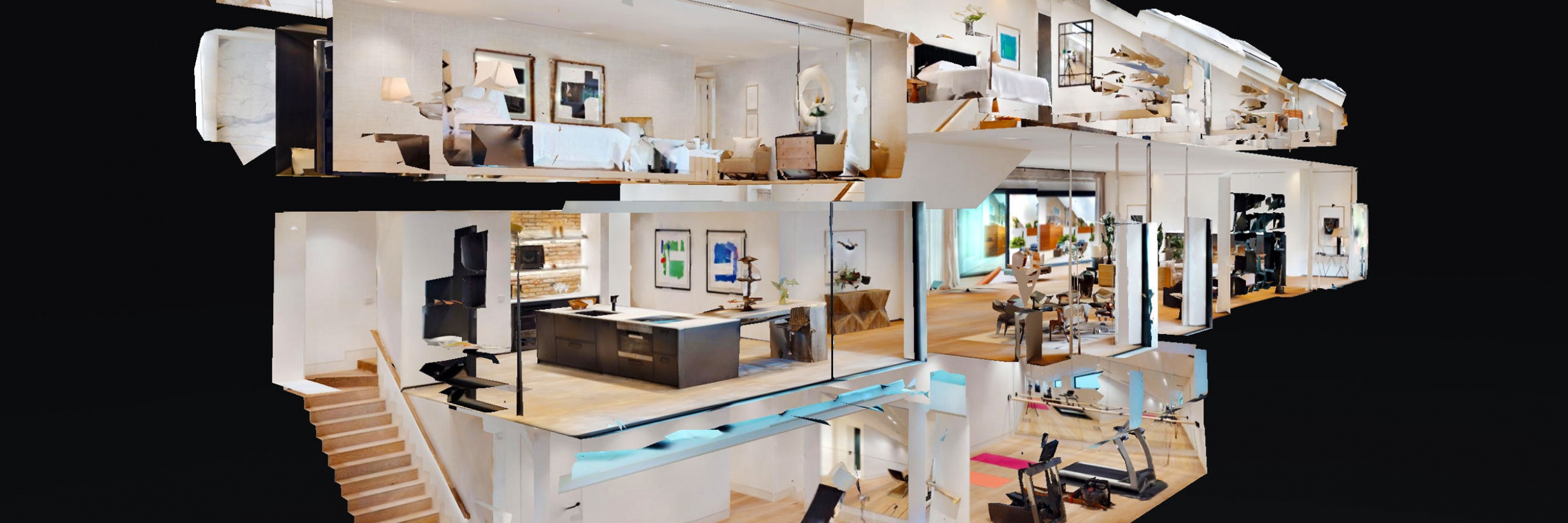
Combining 3D spatial interface, Blockchain technology, fanatic gaming users, and its gaming origins, you find something that is termed the Metaverse in today’s context. Many experts point to videogames when attempting to understand the metaverse, and I do agree with this, but I believe it will outgrow the gaming phase into other parts of our lives.
Some games, like Roblox and Fortnite, have already gained massive recognition in the gaming scene and are basically pioneers in this new tech phase. If we were to look at Fortnite’s business model, I find it crazy impressive how a free-to-play game can bring in $9 billion in revenue in its first two years of launch. Demand, the right technology, hype, and scalability are there.
Whether the metaverse is bringing us closer or away from an improved digital environment, I’ll let you decide on that.
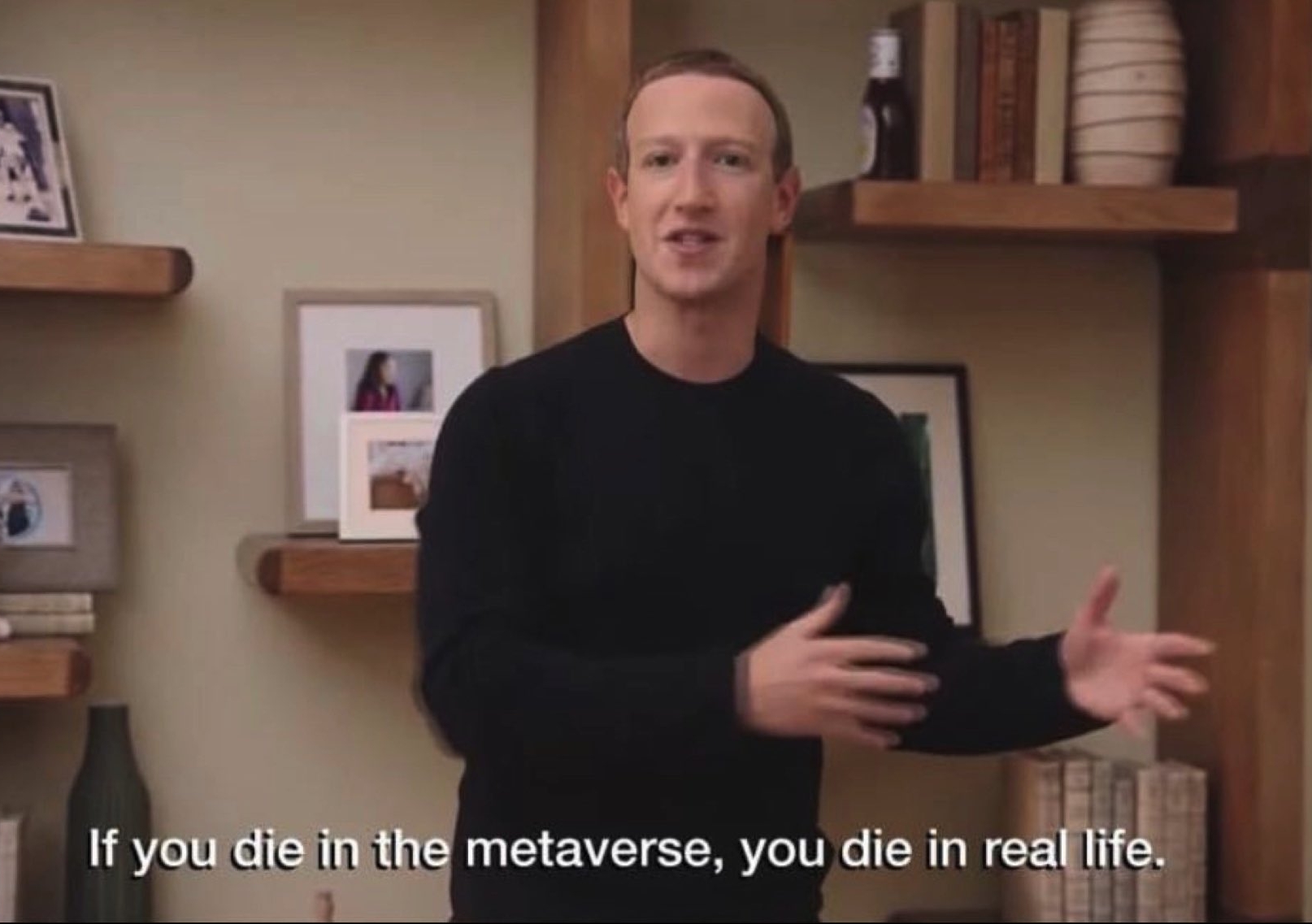
Exploring the Metaverse in Segments
As convoluted as the metaverse may seem right now, here are some key elements that stand out to me:
- The Original Vision for the Metaverse & its Primary Usage
- What are Virtual Environments?
- What are Virtual Economies and Their Impacts?
1. The Original Vision for the Metaverse & its Primary Usage
Apart from Meta’s take on their vision of the metaverse, the general consensus was loosely defined as a 3D online world where people interact as avatars. Technically, companies hope to create brand new experiences, like watching a live UFC fight from all angles, or something crazy like walking on the moon in the virtual world.
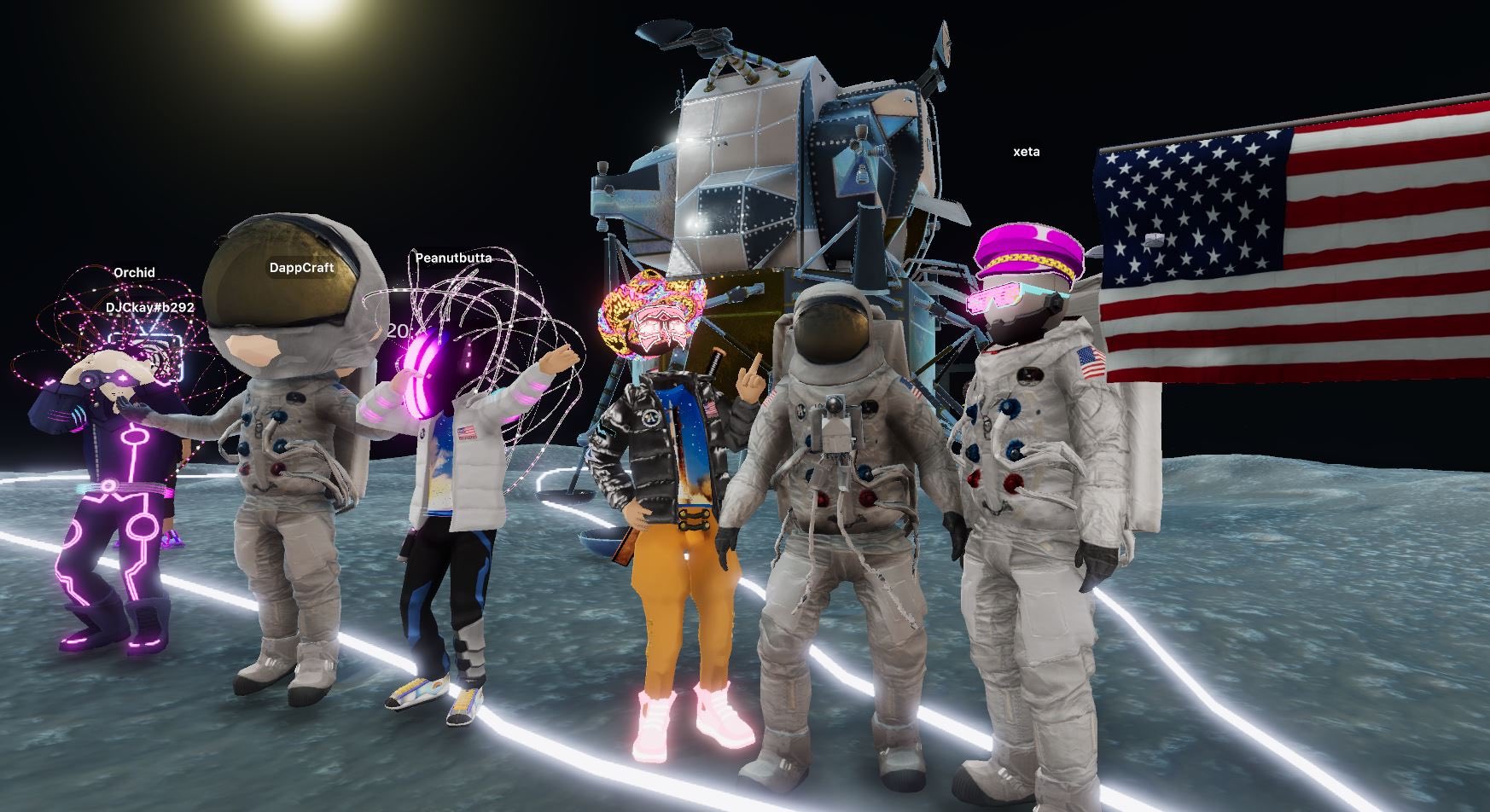
Can you imagine walking around with your friends inside a live game 10 years down the road? Pretty cool if you ask me.
Essentially, its core purpose was to allow people to do anything on it: shop, educate, attend business events and meetings. This is probably the easiest and clearest value proposition to envisage right now.
Similar to the social media that we know today (think Twitter, TikTok, Instagram, Facebook, YouTube), there will be more than one metaverse that users can join. Some existing virtual worlds include Decentraland, The Sandbox, and Axie Infinity.
The end goal is to connect all these different virtual worlds seamlessly, so one can visit your friend in the Axie Infinity and attend a conference in Decentraland while being a Sandbox user. Though, I think the tech we have today is pretty far from its goal.
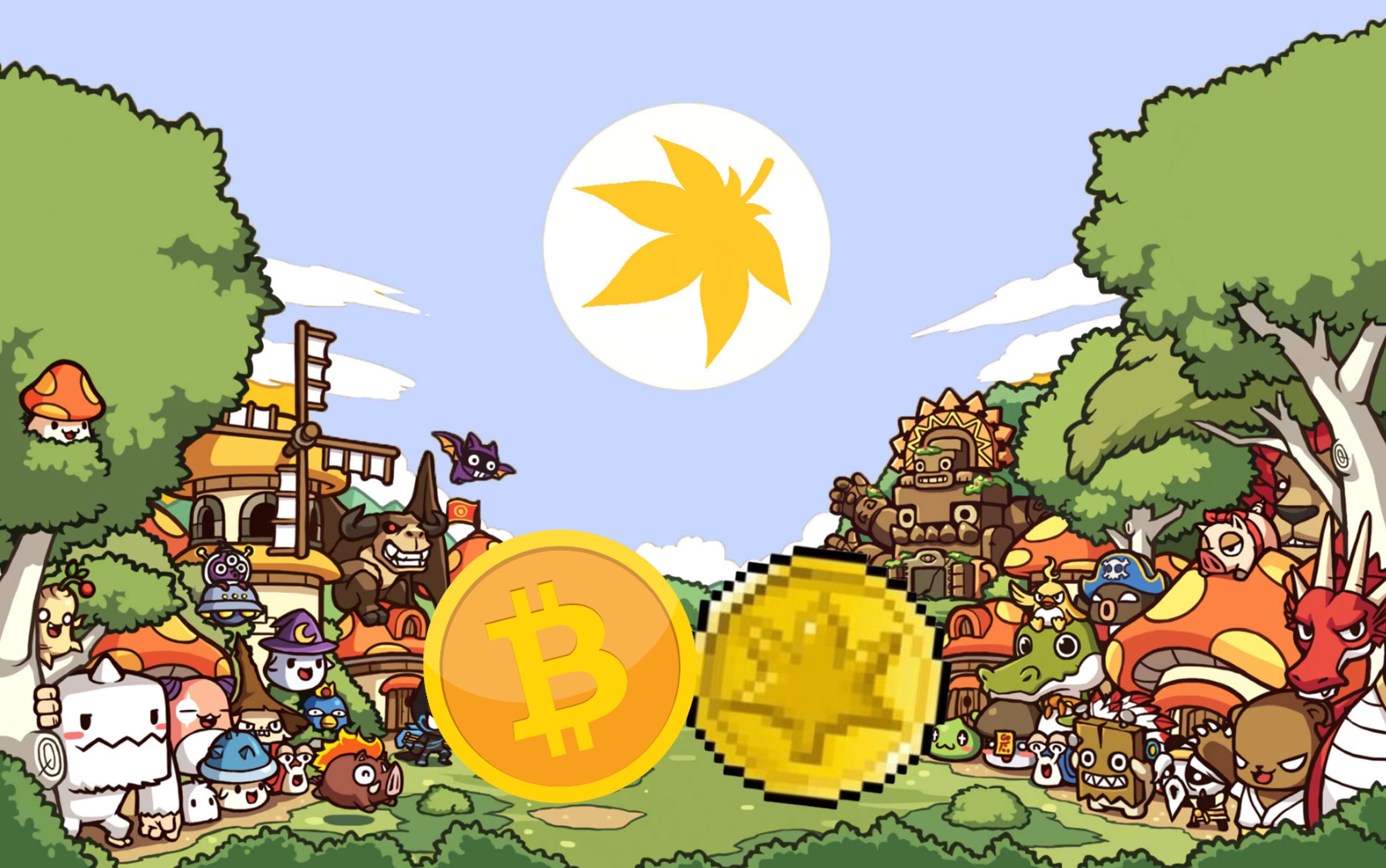
Homeowner StoriesHow I Earned Bitcoin From MapleStory In 2011: The Rise Of Crypto And The Metaverse
by Cheryl Teo2. What can Businesses and Individuals Expect in The Metaverse?
Two words: elevated experience.
When auction houses like Christie’s and Sotherby’s, and brand conglomerates like Gucci, Louis Vuitton, and Balenciaga have decided to enter the metaverse, you can say that the lines between digital and physical consumerism will be progressively blurred.
With blockchain technology as one of the foundations of the metaverse, the need for third parties to facilitate deals would be reduced, and companies have more opportunities to generate revenue. Not just that, in the future, when physical items are purchased, companies might issue you ownership of a linked NFT in the metaverse. These are some ways that business models might adapt to the metaverse.
More from Stacked
“We Spent Just $5k On Reno” Why Some Buyers Are Skipping Big Renovations In 2025
For most Singaporeans, a huge part of moving costs includes renovations and furnishing. It’s not just about the money, it’s…
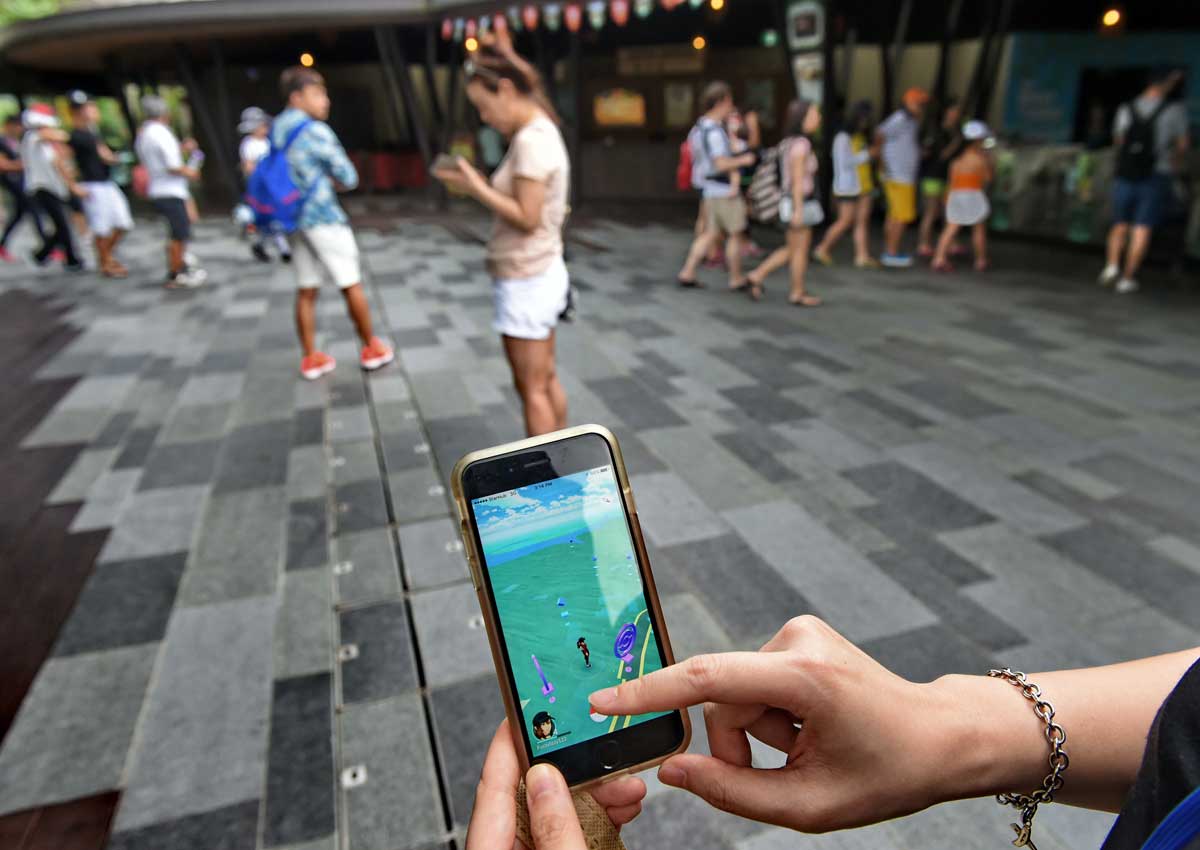
With augmented reality in check, it could further merge aspects of the metaverse and physical world, be it from a consumer or business point of view. See the hit that Pokemon Go had on Singaporeans the past few years – and the fact that the phase still lingers tells a lot.
Though the metaverse is not exactly here yet, the building blocks towards it are already in place, like blockchain, NFTs, and crypto assets that are being steadily developed. The technology required is also catching up steadily. I believe it is a matter of time before we are introduced to completely revolutionary technology. However, this experience, like any other, might not be it for everyone. Not at this point, at least.
3. What are Virtual Environments?
This might be a tough one to digest, but hear me out. To me, virtual environments are digital ‘hangout spots’ where you can interact with other users and the computer system. Well, we already have Twitter and Discord which practically does the same thing, but in the metaverse, you’d most probably be connecting via an avatar.
These digital hangout spots could be channeled via AR or even VR, where you meet up with friends through this technology in a more immersive setting. I’m once again bringing back the example of Pokemon Go as it’s such a good way to visualise how it uses our physical environment and add whatever you want on top of our everyday world.

On the other hand, VR creates a very immersive virtual reality that you will see when you put on your VR headset. It could be digital replicas of real spaces, and you can even digitally clone your possessions (I’m probably cloning my dog). Unlike AR, it does not add to our physical reality, but rather its environment is in a digital realm. Get what I mean? You can attend Travis Scott’s, Ariana Grande, or even Lil Nas X concerts all in the virtual space while still enjoying the same music with other users (in the form of avatars) in an immersive setting.
From a business point of view, I think setting up your business in the metaverse is a little like setting up your online website back in the day. And from a consumer’s point of view, purchasing things from the metaverse is a little like how it would feel shopping online.
I think the ultimate goal is to connect all of these various technologies and virtual environments seamlessly – that would really break borders. The metaverse is the internet, but it feels a little like it’s on steroids with a 3D experience that is made up of various virtual environments.
Today, while Covid-19 has expedited it, working remotely from anywhere in the world is very much a reality. With the metaverse? This will take things to a whole new level, and the world will be interconnected more closely than ever before.
4. What are Virtual Economies and Their Impacts?
This is probably not news to many, but the main currency of this new wave is cryptocurrency – focusing more on ETH and some other Alt Coins (MANA, SAND etc). This is important because it affects how ‘money’ moves.
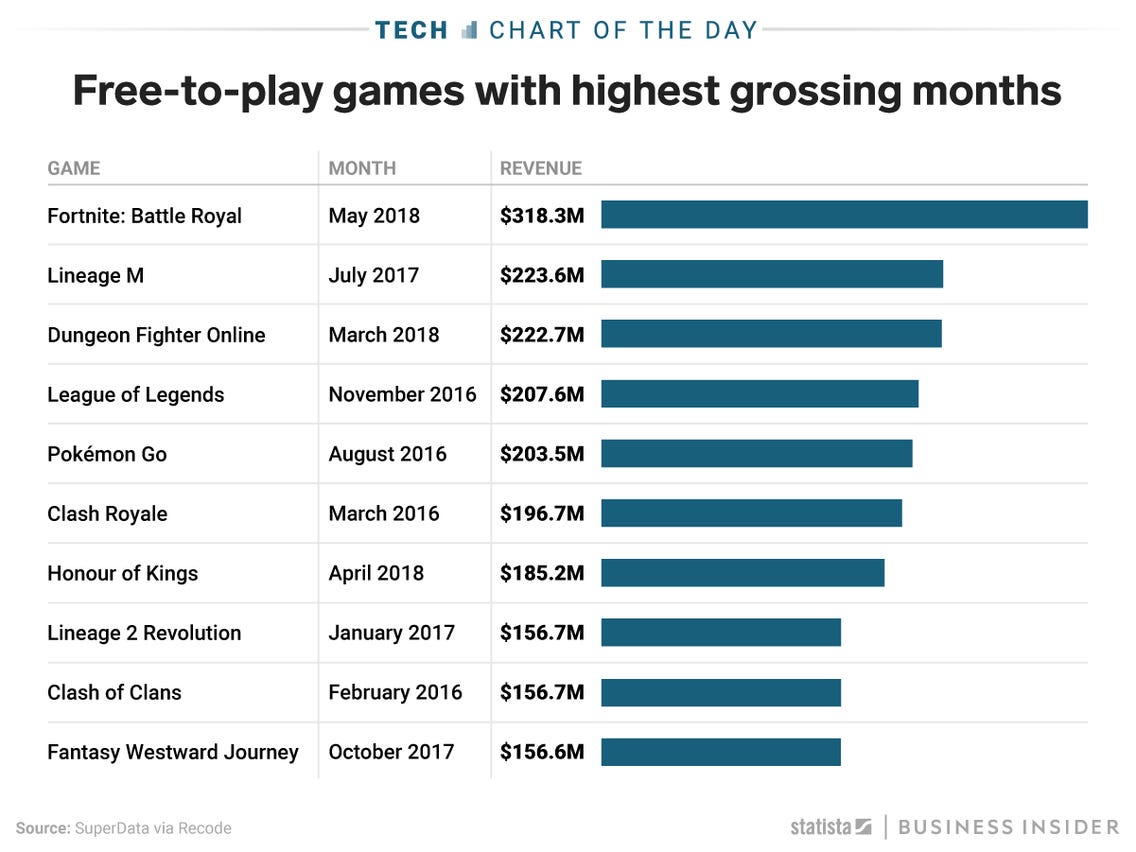
Virtual economies stem from a market and demand for virtual assets and inventory. Remember when I said that Fortnite was able to record $9 billion in revenue though it is free to play? They basically make their profits through users buying in-game things like digital clothing, accessories, and dance moves for their avatars to express their personalities.
You might think it’s ridiculous that people actually spend money on these virtual goods, but it actually kinda makes sense. We care about how others perceive us (especially our friends), and if digital stuff like that Balenciaga hoodie can make you look good, definitely people will be willing to buy it. It’s like the modern version of a Rolex back in those days. People wanna flex.
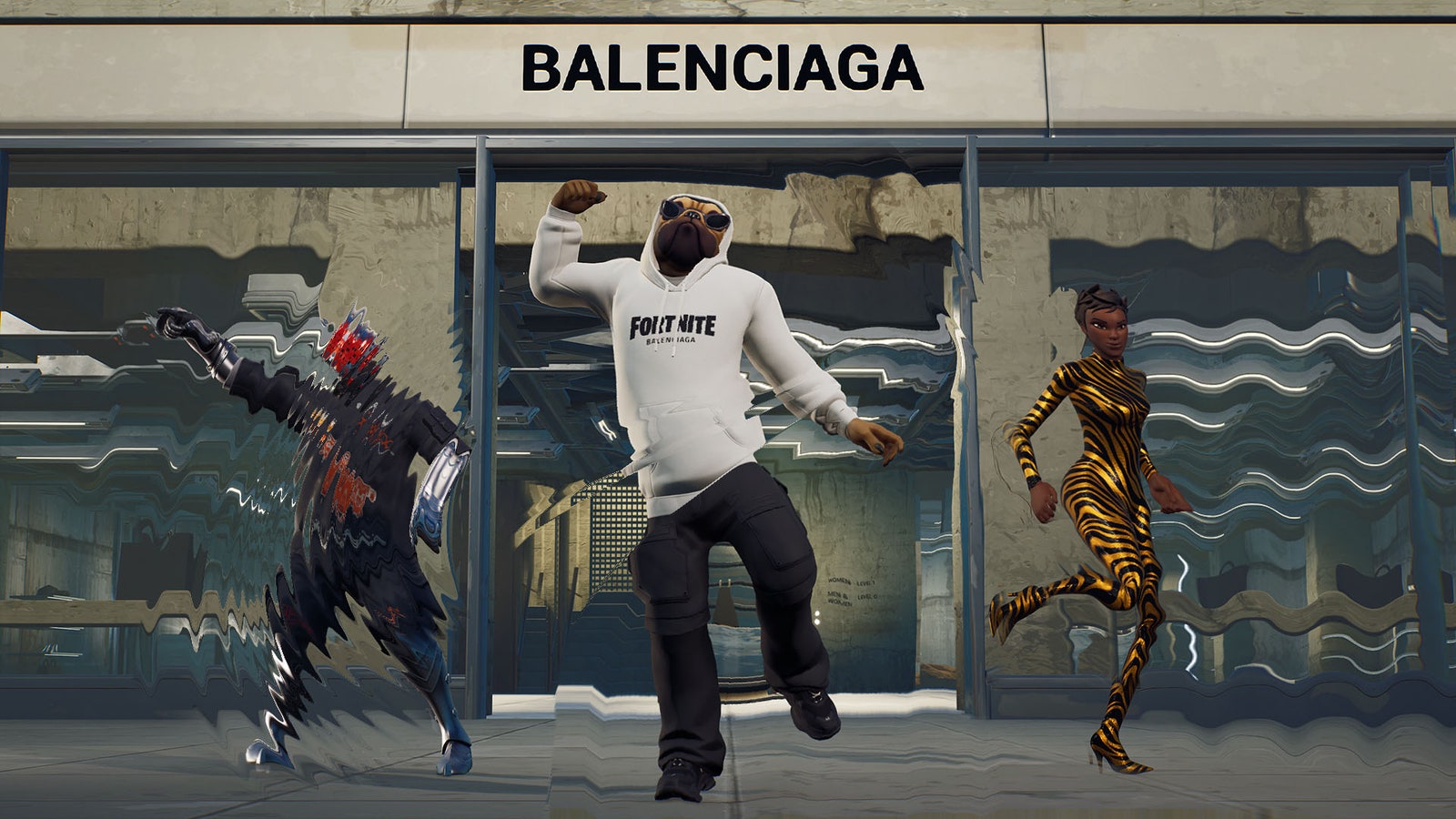
Now, here’s the tough part. NFTs.
NFTs, also known as Non-Fungible Tokens, is basically the ‘certificate’ that you receive as proof that you own a digital asset (let’s say a digital art piece or a parcel of real estate). Also, NFTs are powered by blockchains.
And why is this relevant? Because blockchain technology allows the metaverse, cryptocurrency, and NFTs to ‘communicate’ with one another, this is important to ensure all 3 pillars are properly functioning. This system of 3 pillars then births the new Web 3.
As such, transactions no longer need to rely on centralised authorities to facilitate keeping track of debits and credits – all because the blockchain allows everyone to keep track of all transactions (which is the concept of decentralisation). If this technology is able to be replicated for all types of assets, businesses would have another outlet to explore and maximise efficiency.
The reason why people are paying crazy amounts on NFTs is that each NFT is unique in its own value (that and hype). Consider if you’re buying two exactly same-looking Beeple NFT artworks, however, one is numbered #34 and the other is numbered #20. These two NFTs will not have the same value, although it looks like a replica of each other. Their blockchains are not the same, and thus, have different values.

Final Thoughts
There might come a day where our digital lives might mean as much as our physical ones, maybe even more.
Here’s a fantastic, contrarian take on what the metaverse might really mean.
Hot take: Everyone is wrong about the Metaverse.
— Shaan Puri (@ShaanVP) October 29, 2021
here’s my 3 part theory..
We see that work has transitioned from factories to offices, and now to online platforms like Google Meets Discord, or Zoom.
If you think about connecting with people of similar interests, how would you naturally go about doing it? Probably Facebook groups, Telegram chats, Reddit, etc. Not only that, we shop much more online (because of the effects of the pandemic) and it has everything you need – you can buy your groceries, tech, books, clothes even freshly cooked food and it’ll all be delivered to your doorstep. Kids no longer play at the playgrounds like we used to, everyone is mostly on Fortnite or other games (remember Among Us..?).
Your online presence means just as much as your in-person impression, and you can tell from the efforts people put in spicing up their LinkedIn profiles, Instagram or Facebook. I mean, the fact that people change their profile picture to a jpeg of the NFT they own says a lot. And now with the rise of Web 3 and cryptocurrency, your assets are online too.
Beeple is the new Ferarri, Bored Apes is the new Hermes – and this matters because the world assumes that life will become more digital. And that attention and traffic (or the number of eyeballs) is the new currency. To me, this is neither a good nor bad thing, just a future that we need to be prepared for.
Hope to see y’all in the metaverse.
If you’d like to get in touch for a more in-depth consultation, you can do so here.
Have a home story to share? Email us at stories@stackedhomes.com.
Cheryl Teo
Cheryl has been writing about international property investments for the past two years since she has graduated from NUS with a bachelors in Real Estate. As an avid investor herself, she mainly invests in cryptocurrency and stocks, with goals to include real estate, virtual and physical, into her portfolio in the future. Her aim as a writer at Stacked is to guide readers when it comes to real estate investments through her insights.Read next from Homeowner Stories

Homeowner Stories What I Only Learned After My First Year Of Homeownership In Singapore

Homeowner Stories I Gave My Parents My Condo and Moved Into Their HDB — Here’s Why It Made Sense.

Homeowner Stories “I Thought I Could Wait for a Better New Launch Condo” How One Buyer’s Fear Ended Up Costing Him $358K

Homeowner Stories How We Saved $300K And Got Our 4-Room Toa Payoh Flat in Just 7 Months
Latest Posts

Singapore Property News This HDB Just Crossed $1.3M For The First Time — In An Unexpected Area

Singapore Property News “I Never Thought I’d Be Sued by a Tenant.” What Long-Time Landlords in Singapore Miss

Property Market Commentary I Lived In Bayshore When It Was ‘Ulu’. Here’s How Much It Has Changed

Singapore Property News HDB Resale Prices Finally Slowed in 2025 — Will It Continue in 2026?

Singapore Property News Breaking News: District 23 Condo Sells Out In Under Two Years At $2,120 Psf Average

On The Market Here Are The Cheapest 3-Bedroom Condos in Central Singapore You Can Still Buy From $1.15M

Property Market Commentary Why The Singapore Property Market Will Be Different In 2026 — And It’s Not Just About Prices

Editor's Pick 2025 Year-End Review Of The Singapore Property Market: What The Numbers Reveal

Pro This 21-Year-Old Condo Didn’t Sell Out Initially, Yet Became A Top Performer

Editor's Pick How The HDB Resale Market Performed In 2025, And What It Means For 2026 Prices

Editor's Pick 4 Key Trends Reshaping Singapore’s New Launch Condo Market In 2026

Singapore Property News Why More Land Doesn’t Automatically Fix Housing In Singapore

On The Market Here Are The Cheapest 4-Room HDB Flats in Central Singapore You Can Still Buy From $490K

Editor's Pick Should We Buy An Old 99-Year Leasehold Condo To Live In: Will It’s Value Fall When The Lease Runs Out?

Pro How A Once “Ulu” Condo Launched In 1997 Became A Top Performer



